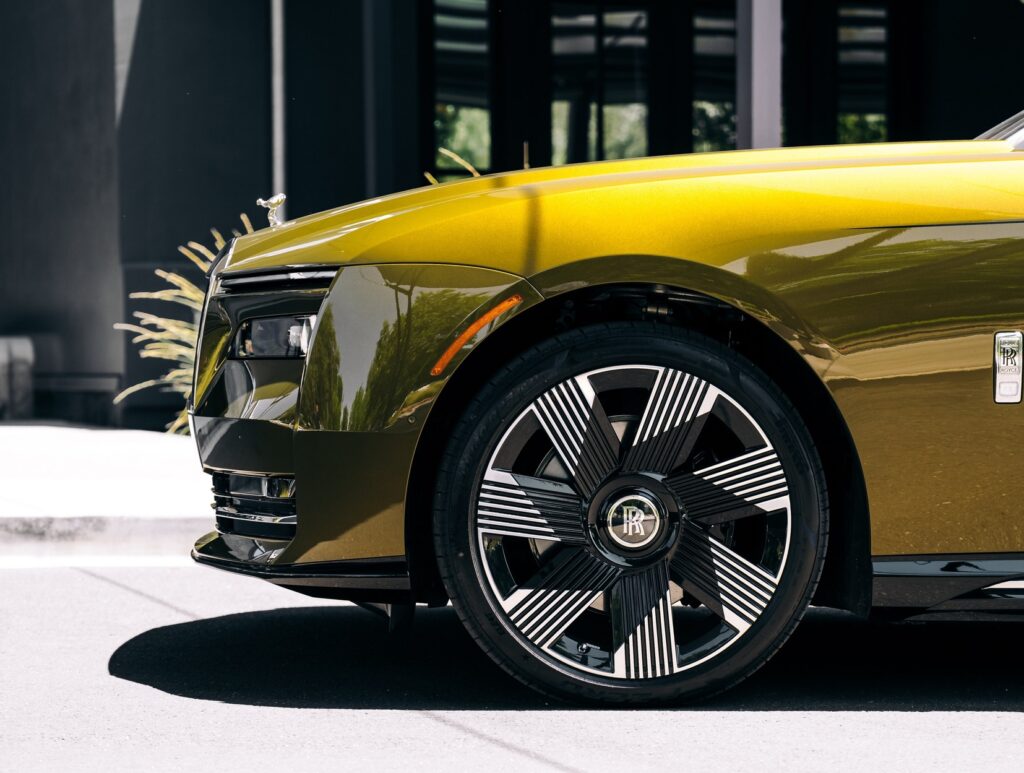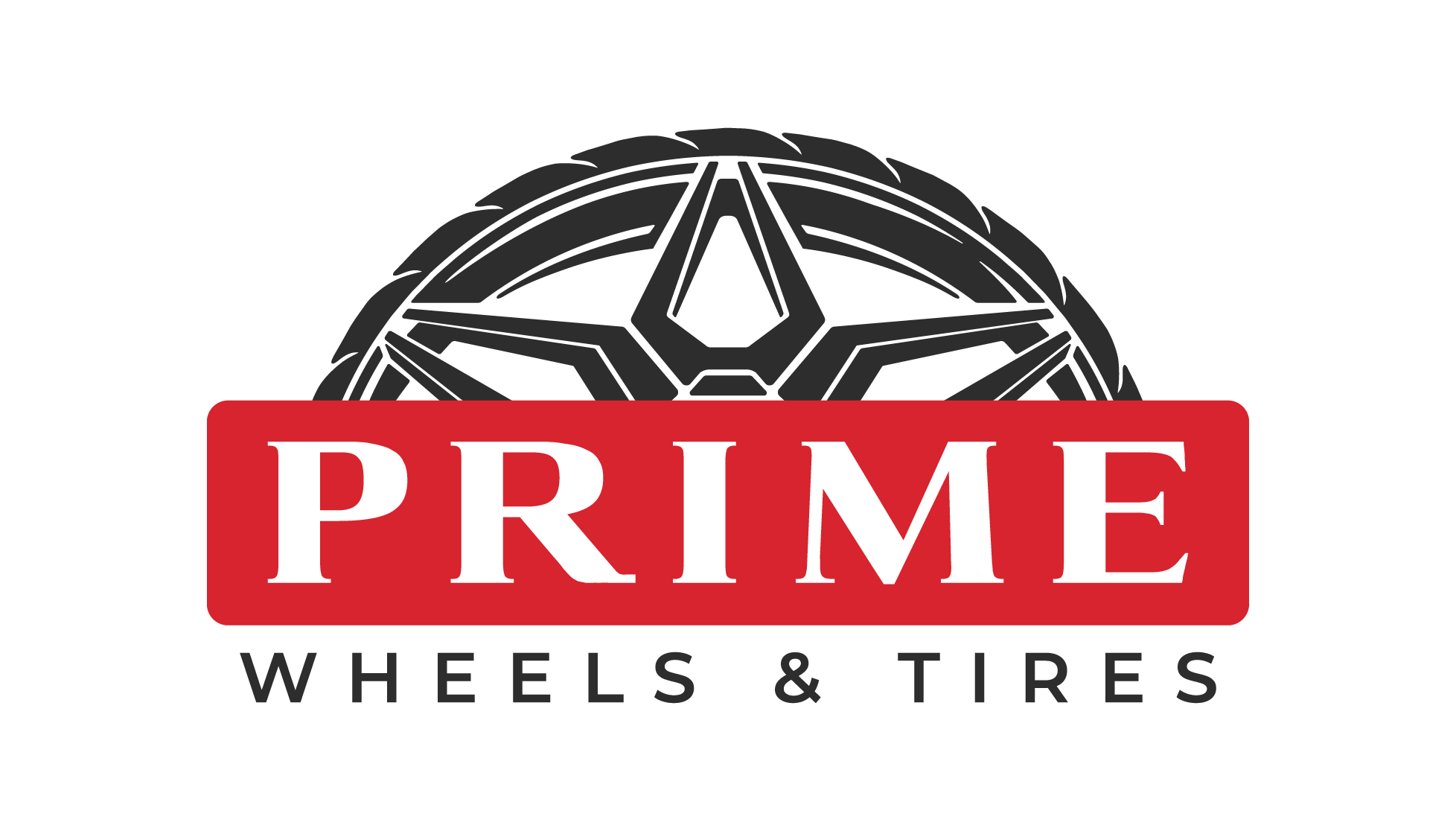Wheels vs. Rims: Understanding the Essentials for Your Vehicle
When it comes to car talk, the terms “wheels” and “rims” are often used interchangeably, but do they refer to the same parts, or is there a difference? This blog dives into the nuances between wheels and rims, providing you with the knowledge to not only sound like a seasoned car enthusiast but also make informed decisions about upgrades and replacements for your vehicle.
Defining the Terms: What are Wheels and Rims?

Wheels are the entire assembly that tires are mounted on. A wheel includes the rim, hub, and spokes, which all work together to keep the tires in place and facilitate smooth vehicle movement. Wheels are fundamental to a vehicle’s ability to move — without them, your car isn’t going anywhere.
Rims are actually part of the wheel. They are the outer circular design of the wheel on which the inside edge of the tyre is mounted. Rims are crucial for holding the tyre in place and play a significant role in the vehicle’s handling, stability, and overall aesthetic appeal.
The Impact of Wheels and Rims on Vehicle Performance
The choice of wheels and rims can drastically affect your vehicle’s performance. Here’s how:
- Handling and Stability: The size and material of the wheels can influence the vehicle’s handling. Larger wheels often offer better stability at higher speeds, while lighter wheels can improve vehicle agility and acceleration.
- Fuel Efficiency: The weight of the wheels affects the vehicle’s overall weight and rotational mass. Lighter wheels require less energy to turn, which can lead to improved fuel efficiency.
- Aesthetic and Style: Rims provide aesthetic value and can significantly alter the appearance of a vehicle. From sleek, polished designs to bold, rugged styles, rims allow car owners to customize their vehicles to reflect their personal taste.
Choosing the Right Wheels and Rims
When selecting wheels and rims, consider the following factors:
- Material: Wheels and rims are made from various materials, including steel, alloy, and carbon fiber. Each has its advantages in terms of strength, weight, and durability.
- Size: Ensure that the wheel size is compatible with your vehicle. Larger wheels might enhance aesthetics and performance but can also affect the car’s original handling and speedometer calibration.
- Design: Rims come in a variety of designs. Choose a style that not only appeals aesthetically but also complements your vehicle’s performance needs.
Maintenance Tips
To keep your wheels and rims in top condition, regular maintenance is crucial. Clean them regularly to prevent build-up of dirt and brake dust, which can corrode the rim and affect the wheel’s performance. Also, check for signs of wear such as cracks or bends, especially after driving on rough terrain.
Conclusion
Understanding the difference between wheels and rims can enhance your knowledge of vehicle components and help you make better choices regarding their maintenance and replacement. Whether you prioritize performance, efficiency, or style, the right wheels and rims can make a significant difference in your driving experience. Equip your vehicle with the perfect combination to suit your driving needs and personal style, and enjoy the ride!
